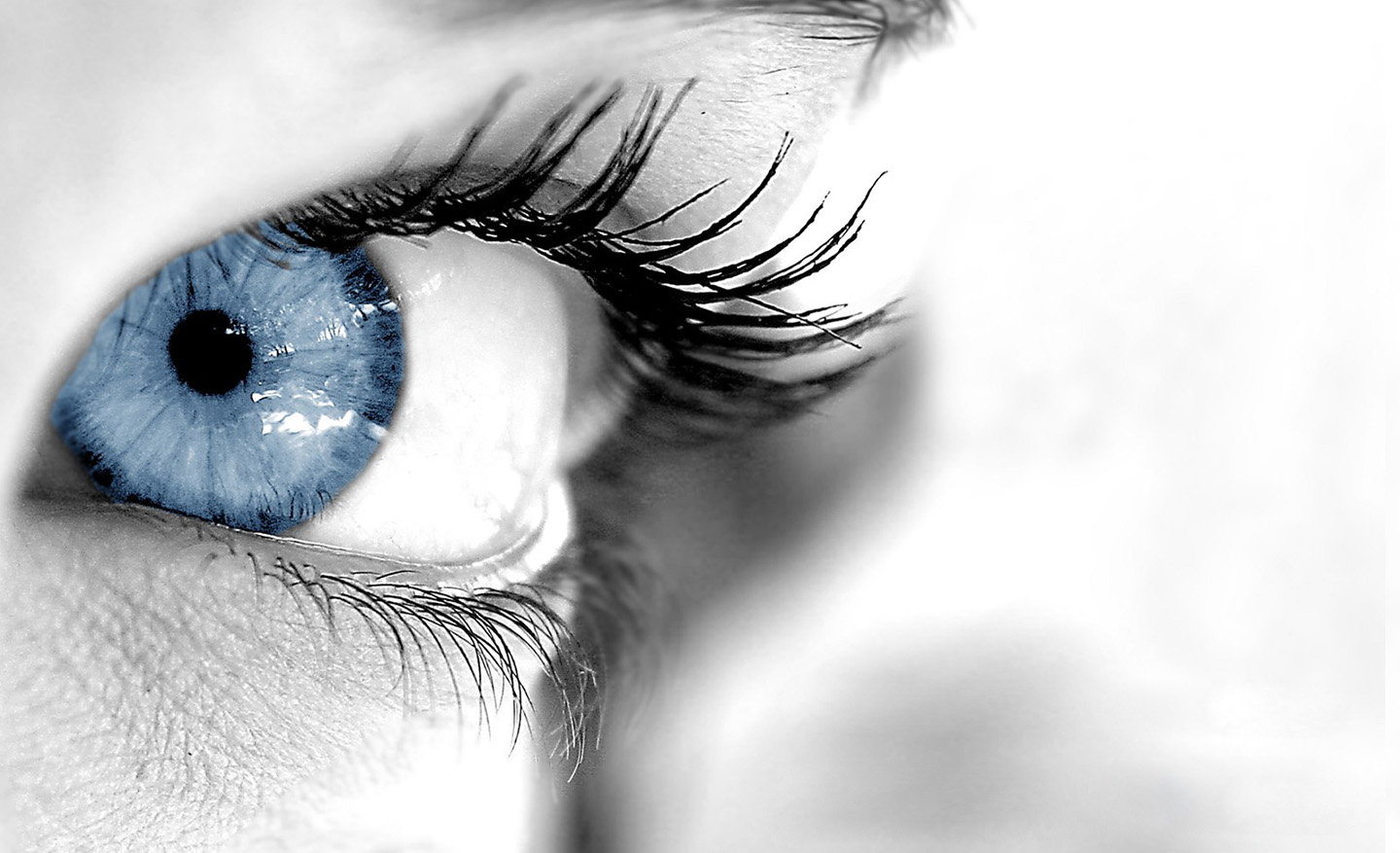
CATARACT SURGERY
What is a Cataract?
The lens in the eye can become cloudy and hard, a condition known as a cataract. Cataracts can develop from normal aging, from an eye injury, or as a complication of medications such as steroids. Cataracts may cause blurred vision, sensitivity to light, glare and ghost images. If the cataract changes vision so much that it interferes with activities of daily life, it may need to be removed. Surgery is the only way to cure a cataract.
Vision problems with cataracts
If your vision has become blurry, cloudy or dim, or things you see are not as bright or colourful as they used to be, a cataract may have developed in one or both of your eyes. Many people say that their vision with cataracts is similar to the effect of looking through a dirty car windshield. As a cataract slowly begins to develop, you may not notice any changes in your vision at first. But as the cataract progresses, you may begin to find that it interferes with your daily activities. Performing a complete eye exam, your ophthalmologist can tell you whether cataract or another problem is the cause of your vision loss. A cataract may not need to be removed right away if your lifestyle isn't significantly affected. In some cases, simply changing your eyeglass prescription may help to improve your vision. Contrary to popular belief, a cataract does not have to be "ripe" to be removed. However, once you are diagnosed with a cataract, your ophthalmologist needs to monitor your vision regularly for any changes.